If you have recently lost your cat, sincere condolences.
Experiencing the death of a pet is difficult under any circumstance.
Even if you are anticipating your cat’s passing because of illness or injury, nothing adequately prepares you. It is normal to feel overwhelmed or overcome with emotions – whether the death was expected or not.
The loss of companionship, comfort, security and love cause your pain.
Robin Jean Brown faced that journey when her beloved companion died after a long, painful ordeal with brain cancer.
Her book “Recover From The Grief Of Pet Loss” is highly recommended for anyone struggling with losing a pet. Robin empathizes with what you’re going through while helping you to work through the pain with her 4 step plan.
While the grieving process may last a long time, making plans to dispose of the body is necessary.
If possible, plan ahead in order to prevent making any rash or emotional decisions that you may eventually regret.
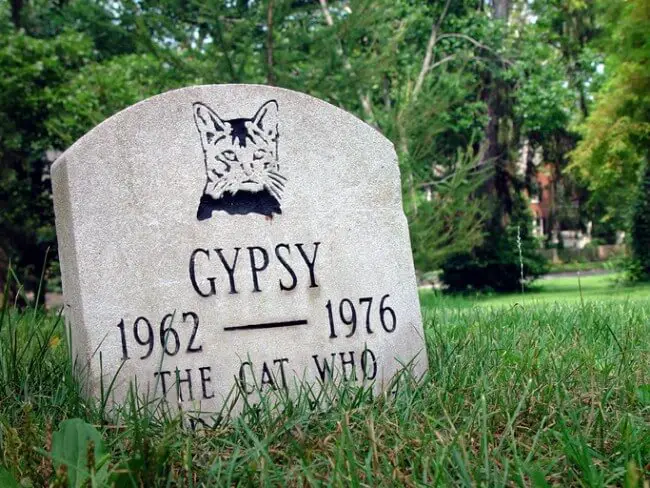
Here is a step-by-step guide on what to do when your cat dies.
Contents
What to do with the body
The UK governs what you can and can’t do with the body of your pet.
For instance, you can legally bury your pet in the ground of your home. However, you can’t do this if you are renting the property, nor can you perform the burial of your pet at a friend’s house.
How you choose to handle the body depends on what your ultimate plans are.
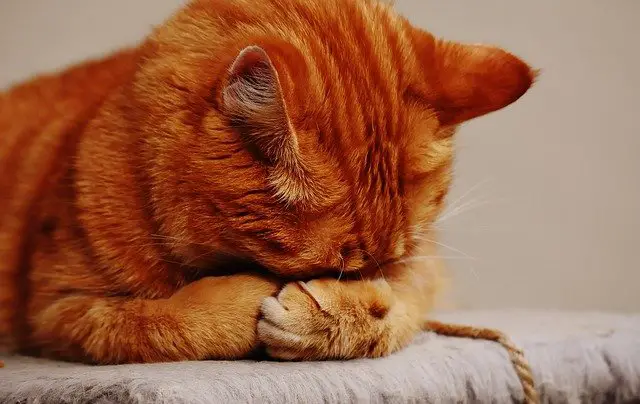
- More often than not, the first step is to wrap your deceased cat in a blanket or towel. Covering your cat not only limits the dispersal of loose fur but also allows you to offer a final protective act for your pet. As you gently wrap it in a cloth, you may pet it and say your goodbyes.
- After 72 hours your cat’s body will no longer be in Rigor Mortis so you can then wrap the body in plastic. This will help to contain any potential odours. The body should be placed inside several bags, each inside the other. This covering gives your pet a protected space while you make further arrangements. You may even want to place a small cat in the refrigerator or freezer, depending on how long it will take you to make arrangements.
- Make sure to call your veterinarian if you need assistance. They will be your best resource for information and potential next steps. If you bring your cat’s body to their office, they can even store it until you decide on what to do next.
- Many veterinarians have crematory facilities and can point you in the direction of local pet cemeteries if you do not want to bury your cat at home. Veterinarians also can perform a necropsy. This process determines the cause of death and can be made into a minimally invasive procedure if you plan on preserving the body.
Final resting place options for your cat
1. Pet Cemetery:
A pet cemetery serves as a resting place for animals only.
You might want to check out your local pet cemetery to ensure there is regular maintenance of the burial grounds.
Here are a couple of locations of pet cemeteries in the United Kingdom.
2. Home Burial:
You may also opt for a whole-body burial on your property. Pet owners regularly use this method as it allows for a private service and easy access to the gravesite.
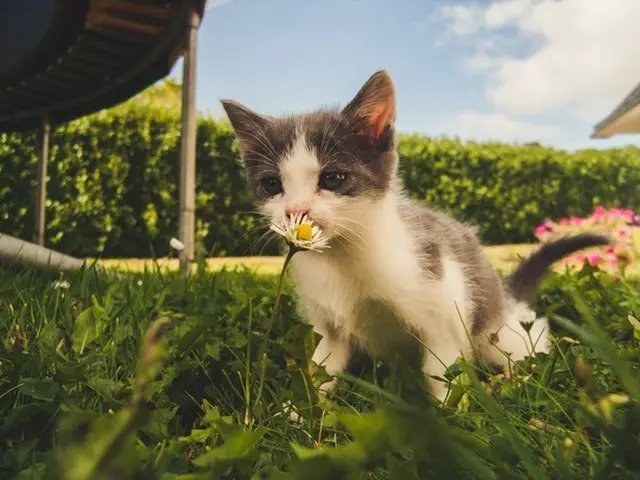
There are some disadvantages with home burials though.
For instance, if you ever decide to move from the property, you will end up leaving the remains behind.
There are also several guidelines you must follow, such as not burying your cat near a water source and not burying it on rented property.
Not following these laws can result in hefty fines.
3. Cremation:
Your local veterinarian or animal shelter can help you arrange a cremation. There are two types of cremation to consider: communal and individual.
Individual cremation is relatively quick and allows you to keep the cremated remains of your cat. An individual cremation will cost £50-£170.
In the communal version, your cat is cremated along with other deceased pets and disposed of accordingly. This method typically costs £5-£30.
4. Compost:
You can also choose to compost your cat. While it may sound a bit unorthodox, composting your pet’s remains is one of the most eco-friendly methods of disposal.
Traditional burials can be challenging, especially in the city, and have the risk of another animal digging up the remains.
Similarly, cremation ovens require a lot of heat and energy to dispose of a single corpse, which can leave a significant carbon footprint. Composting allows your cat to be peacefully returned to the earth while its body provides vital sustenance to the life around it.
5. Taxidermy:
This option is not for everyone.
There are some people, however, who find comfort in permanently preserving the likeness of their cat. Others view taxidermy as an opportunity to maintain the aesthetic of their pet in an artful tribute.
If taxidermy is the option for you, make sure to freeze the body as soon as possible after your cat passes. That way, you can preserve the original likeness of your cat while minimizing decomposition.
The process of stuffing your pet typically takes two to four months, and the quality depends on the artist’s skill.
Coping with the loss of your cat
No two cats are the same, and no two people will grieve in the same way for their deceased pet.
Grief does not take a standard trajectory or come in uniform stages.
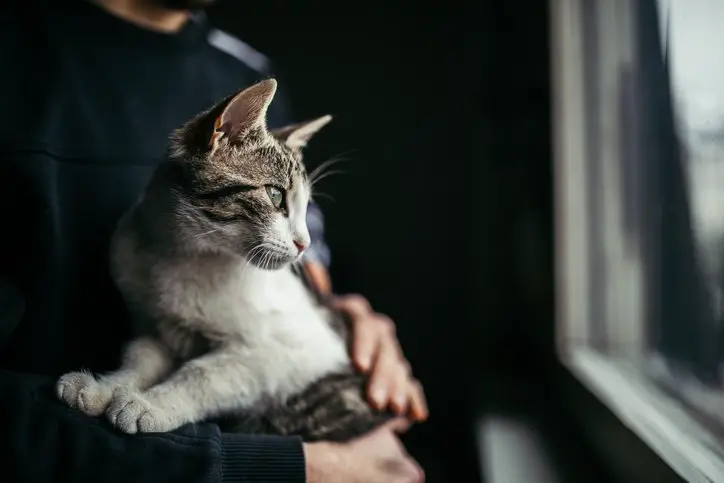
It may help to consider a few of the following things.
Acknowledging the reality of death is one of the essential parts of moving on from the passing.
Give yourself time to prepare for your “new” life while continuing the relationship with your pet through memories.
Cat owners can also seek comfort and support from others while they adjust their sense of self.
Also Read:
Memorial options for your cat
Choosing the right cat memorial is an integral part of the grieving process. Providing a memorial service or monument can help ease the transition to post-pet life.
It also gives you a tangible reminder of your cat that you can keep around the house.
Many pet owners opt for an urn to hold the cremated remains. Urns are moderately priced and come in a wide range of shapes and sizes.
You can even purchase containers that are cat-themed.
Other people opt for personalized touches to remember their cat.
These can include memorial pendants that serve as jewellery and plaques, which you can put in your yard or somewhere in your home. If your cat was outdoorsy, you can even purchase a tree and plant it in your cat’s honour.
As an Amazon Associate I may earn a small fee from qualifying purchases at no extra cost to you. This helps us run the site, so thanks for your support!

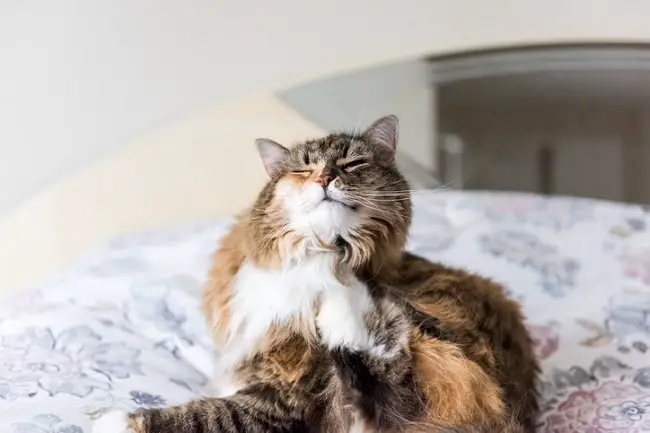
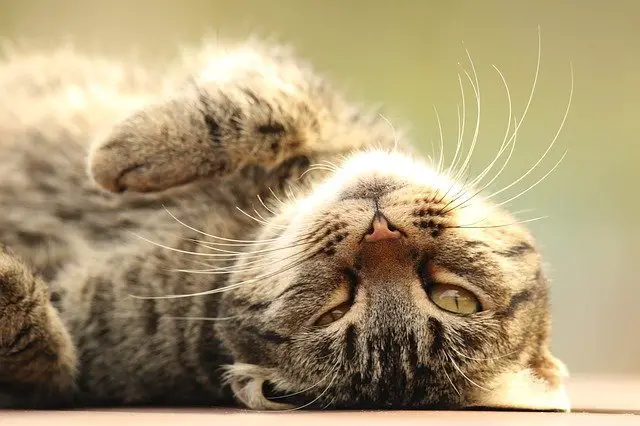

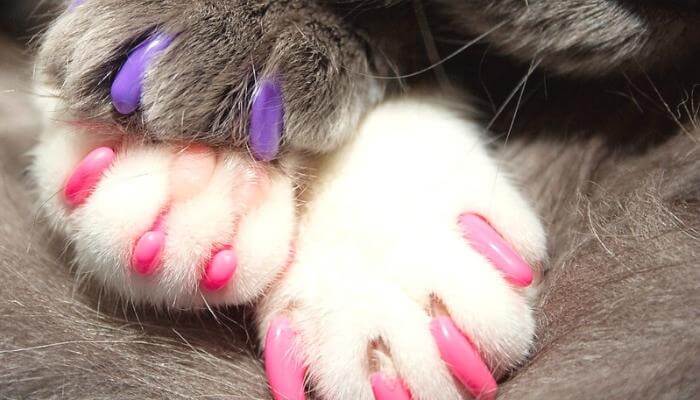
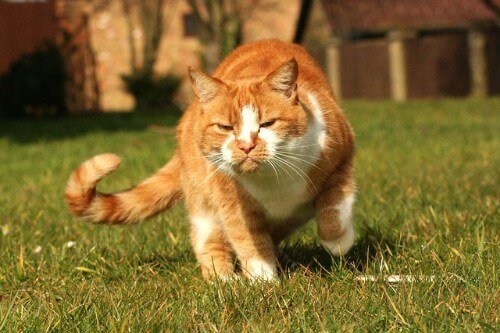

Leave a Comment